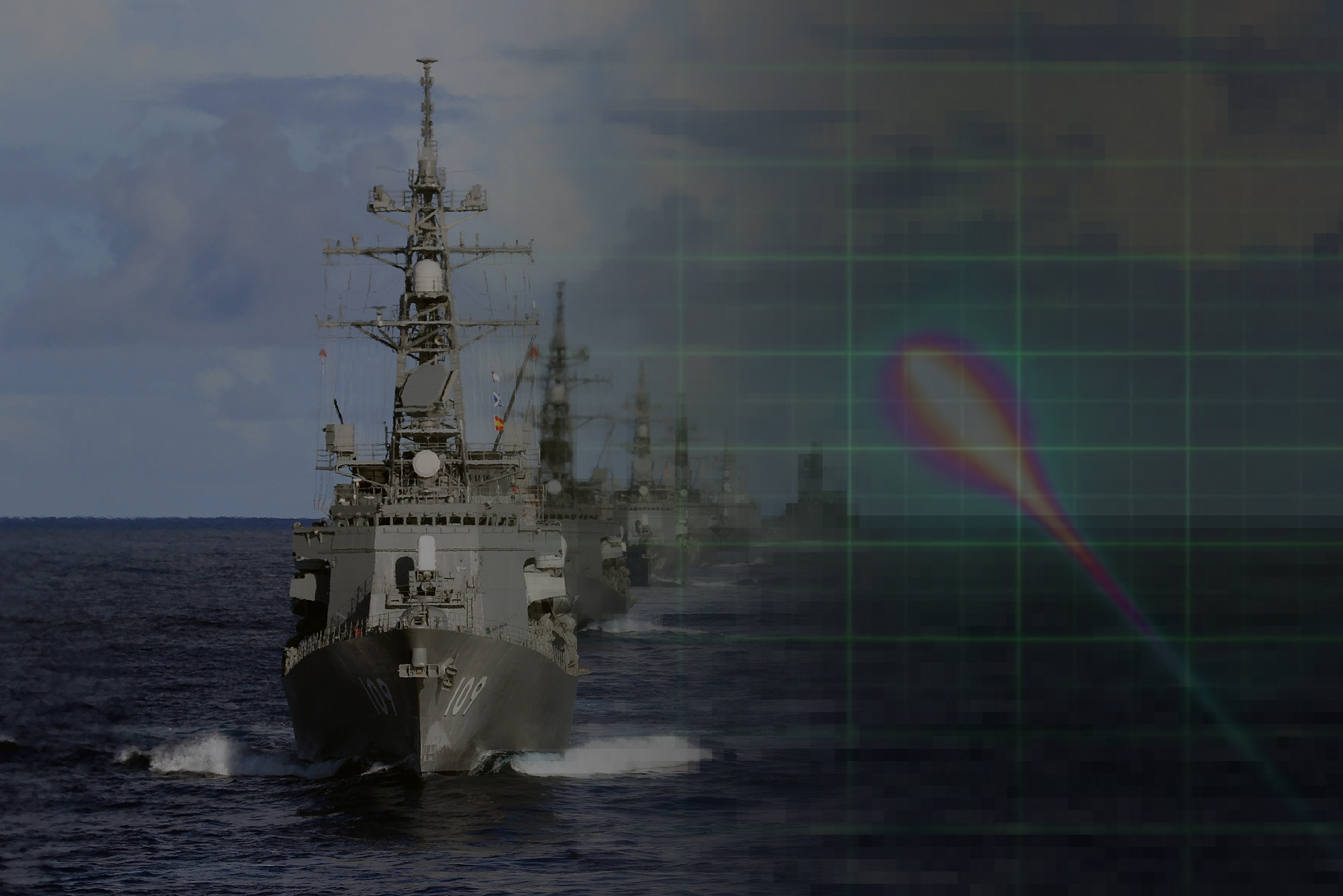How America Protects Its Citizens and Allies from Ballistic Missiles
 Whether it’s U.S. islands like Guam or Hawaii, coastal cities like San Diego or New York City, or allied territories oceans away, the 21st century has heightened the threat of ballistic missiles to the United States and its allies. Some examples:
Whether it’s U.S. islands like Guam or Hawaii, coastal cities like San Diego or New York City, or allied territories oceans away, the 21st century has heightened the threat of ballistic missiles to the United States and its allies. Some examples:- Iran has been threatening Israel (and U.S. Navy vessels) with its missile program for decades.
- Chinese technology is advancing rapidly — possibly bypassing U.S. missile technology as soon as 2020.
- And of course, advances in North Korea’s ballistic and nuclear weapons programs have raised the stakes dramatically in just the past two years alone.
But what could Hawaii — or the U.S. military — have done that January morning, had the missile been real?
Weapons analysts talk about the path of a ballistic missile in three phases:
- Boost: The missile’s most vulnerable few minutes, from ignition through launch to engine shutoff at the edge of the atmosphere.
- Midcourse: The missile is now on its course, with the midpoint its apogee in space, and the latter half a descent arcing to its target with greater speed (as long as 20 minutes for ICBMs);
- Terminal: The final minute or so, when the warhead or warheads re-enter the atmosphere.
The U.S. military has four systems to shoot down ballistic missiles, most focusing on the second and third phases. It’s an expensive approach, to be sure; and in 17 years of tests, the four systems have hit their targets about four out of of every five tries. But military planners know that when the missiles actually fly, a single missed intercept could have unspeakably catastrophic consequences.
No comments:
Post a Comment